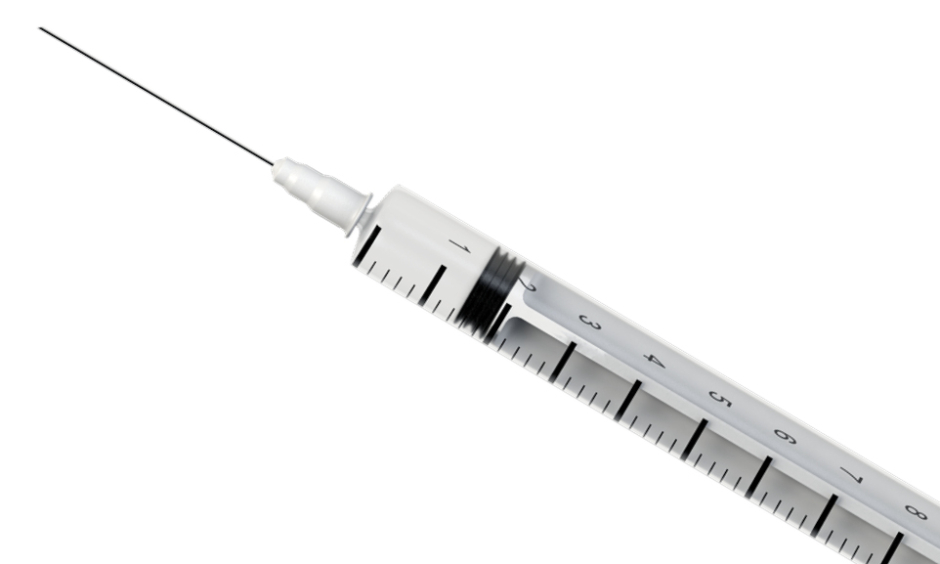TWO new methods of potentially treating hepatitis have been discovered by researchers from Maastricht University, Maastricht, Netherlands. It is hoped that these will ultimately be used to treat patients with the condition, which currently has no effective therapies. Additionally, a new non-invasive method of diagnosing inflammation in the liver was created during the research.
Two New Methods
Using animal models, the team firstly showed that the administration of a vaccine had a beneficial effect on the hepatitis by combatting the uptake of a specific type of cholesterol in the liver. The other method utilised a chemical substance which blocked specific proteins in the blood following administration; this had a positive effect on the fat metabolism, enabling the reduction of inflammation of the liver. Further analyses of these therapies are due to take place before they are tested in humans.
Diagnostic Test
In the study, led by Prof Ronit Shiri-Sverdlov, Maastricht University, the team also developed a simple blood test to diagnose inflammation in the liver. This works by measuring specific proteins in the blood necessary for the breakdown of fats. It is hoped that this simple test will one day replace liver biopsy, the only diagnostic method currently available for hepatitis, which is invasive and more stressful for patients. The researchers are currently working to develop the test further.
Importance of the Study
These developments could eventually lead to substantial improvements in the diagnosis and treatment of hepatitis. Liver inflammation is becoming more common in adults and children, linked to the increasing numbers of obese people. The usual advice given to hepatitis patients is to make lifestyle changes, such as eating more healthily and taking more exercise, with no treatments currently available.
James Coker, Reporter
For the source and further information about the study, click here.








